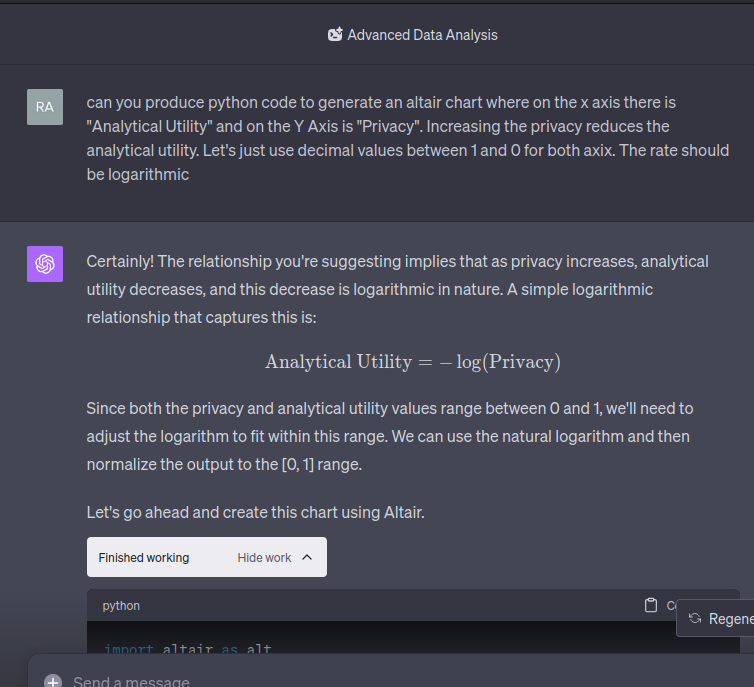Einstein at the Speed of Sound
What Makes an Expert?
While Einstein was in Boston, staying at the Hotel Copley Plaza, he was given a copy of Edison’s questionnaire to see whether he could answer the questions. As soon as he read the question: “What is the speed of sound?” he said: “I don’t know. I don’t burden my memory with such facts that I can easily find in any textbook,” Nor did he agree with Edison’s opinion on the uselessness of college education. He remarked: “It is not so very important for a person to learn facts. For that he does not really need a college. He can learn them from books. The value of an education in a liberal arts college is not the learning of many facts but the training of the mind to think something that cannot be learned from textbooks.” For this reason, according to Einstein, there can be no doubt of the value of a general college education even in our time.
Frank, Philipp. “Einstein: His Life and Times.” 1947. Archive.org, archive.org/details/einsteinhislifea011653mbp
I think I had heard this quote some time ago, and it made me feel less guilty about things like being bad at spelling or not knowing the capital of Vermont (sorry-not-sorry New Englanders). I’m not drawing a parallel between myself and Einstein, but I doubt even he knew Vermont’s capital. Einstein’s point is valid; many details aren’t worth memorizing when they can be easily looked up. Is it surprising Einstein didn’t know the speed of sound? Not really, especially given his expertise in different areas. As an asside to that stuff about Edison before, it sounds like he was kinda a dick. and Einstein was justified in calling him out.
The full article about the Edison questions can be found on page 6 of the New York Times Wednesday May 11, 1921
Pedantry
How did I come to know this? Just as Einstein would have—I looked it up.
Innovation and Generative AI
Just like cars, the distribution of electricity, or the spork, generative AI is just another innovation – and as most early innovations, it suffers from being poorly understood and panned by many. The spork too suffered the same early criticisms, but as we all know, it then went on to be critically important to mankind.
It’s hard to believe, but even the innovation of the printed book was once feared and criticized by many. Scribes, authorities – both of the church and state – and even scholars feared that printed books would lead to large mistakes (without the careful hand of a expert scribe to prevent errors for example), rampant misinformation and deliberate falsehoods. Books were once the radical new innovation panned by many. The critics of course were partially right. But very few human innovations have zero downsides. Even the mighty spork is not without a few flaws.
Thankfully the quick adoption of printed books took hold and knowledge proliferated quickly and widely across the world – good job humanity! Much like books, AI has the ability to encode facts and knowledge – and maybe more importantly, the amazing innovation of generative AI is that it can quickly derive relationships between pieces of information and produce incredibly useful output that fit pre-trained models.
Also like books, AI has the ability to make mistakes, reinforce misinformation and deliberate falsehoods; you can look no further than Twitter / X and Facebook and find plenty of examples of AI producing an echo-chamber in terms of the stories and posts suggested to certain users. But, we move on, improve, shape and rework our tools, until we eventually end up with something as awesome as the spork for example.
Despite some shortcomings of generative AI, when used properly, I think there are great benefits to using it. For example, it can be used to help reduce one’s cognitive load for certain tasks or activities.
I had an idea of a chart that I wanted to create. I could describe it in plain English, and I’m sure I could have probably have spent a bit more time and just wrote the script to produce the chart, but I just wanted something quickly so I could move on. So, I turned to ChatGPT.
After a bit of back and forth with Chat GPT, it arrived at producing this output.
I certainly don’t believe that generative AI is the answer to all our problems. I think of it more as a tool – the thing that helps build the thing that solves our problems. Having generative AI like ChatGPT there to memorize the existing facts for us, or instantly knowing all the syntax, and how to apply it to producing matplotlib charts for example are incredible things it can do right now. Generative AI has the very real potential to assist us in becoming temporary experts so that we can move quickly through our task, and focus on more important things.
By the way, I also asked it to describe this chart in a way that was suitable for screen readers, and it did an incredible job here as well:
1
2
3
4
5
6
7
8
9
10
11
12
13
14
15
16
17

(Above: DALL·E’s output for the prompt, “Thomas Edison invents the Spork but he’s being kind of a dick about it”)





